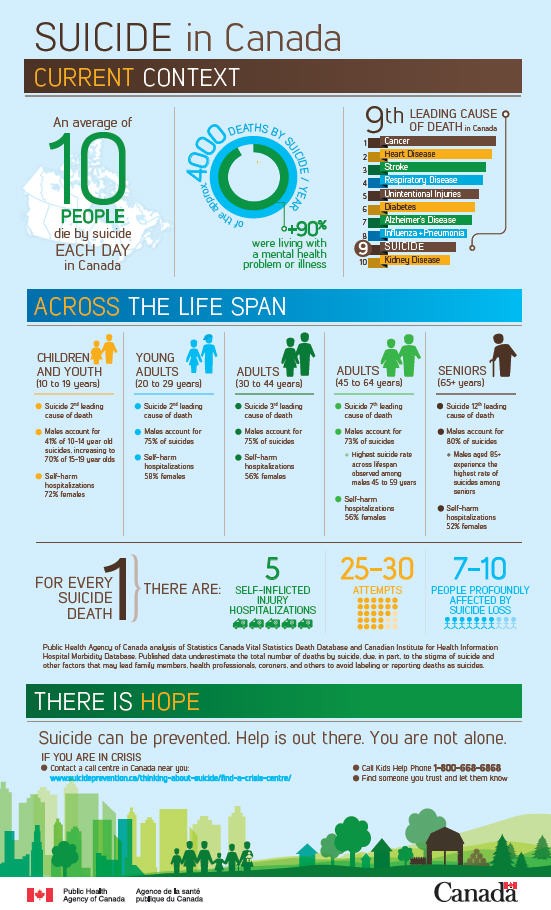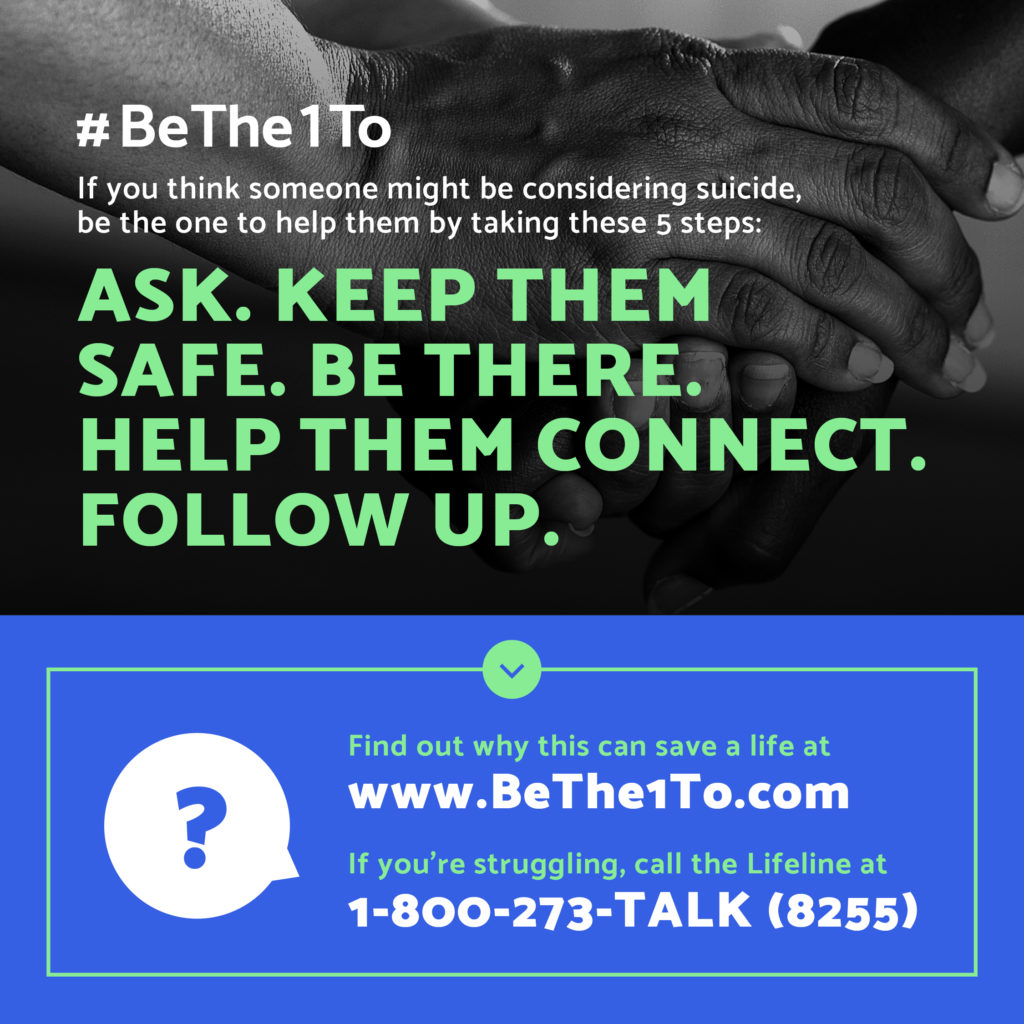World Suicide Prevention Day is on September 10th. It’s an opportunity for everyone in the community – the public, charitable organizations, communities, researchers, clinicians, practitioners, politicians and policy makers, volunteers, those with lived experience of suicide attempts or loss, and other interested groups and individuals – to join together to promote understanding about suicide and highlight effective prevention activities. We at Eli’s Place feel strongly that the topic of suicide should be openly discussed, even though it may be uncomfortable.
The infographic below presents some key facts about suicide:

What are the Warning Signs?
Suicide prevention depends heavily on our ability to recognize people who are in distress and may be at risk. The American Association of Suicidology developed a simple tool we can all use to remember the warning signs of suicide. This tool is called “IS PATH WARM” and outlines the key points to remember:

So, what can you do if you know someone who may be considering suicide as a permanent solution to a temporary situation? The National Suicide Prevention Lifeline suggests five steps:
- ASK: It’s ok to ask someone whether they are thinking about taking their own life. It is NOT true that raising the subject of suicide will increase their risk by ‘giving them an idea’. Rather, acknowledging and talking about suicide lets them know that you care which may actually bring some relief and reduce the risk.
- KEEP THEM SAFE: If they acknowledge suicidal thoughts, ask whether they have a plan. Ensure that they do not have access to methods of self harm that they have considered using or that are lethal (e.g., weapons, knives, drugs). Remember: never agree to keep someone’s thoughts of suicide a secret.
- BE THERE: Be willing to have the tough conversations, listen to their distress and avoid minimizing their problems. Do not judge, but rather listen with compassion and empathy.
- HELP THEM CONNECT: Help the person connect with a network of friends, relatives or professional supports that can help to reduce those feelings of hopelessness. There are many online resources and walk-in clinics that can be accessed.
- FOLLOW UP: give a call, leave a message, text or drop by to see how they are doing. Your communication sends the message that you continue to be available for them and increases the feeling of being connected to someone who cares.
The less we think of suicide as a taboo subject, and the more we are willing and able to talk with others about it, the more we will be able to support our friends and loved ones who are in distress.
This September 10th, share this message with others on your social media or simply in an old school, face to face conversation. Talking about suicide prevention can save lives.





